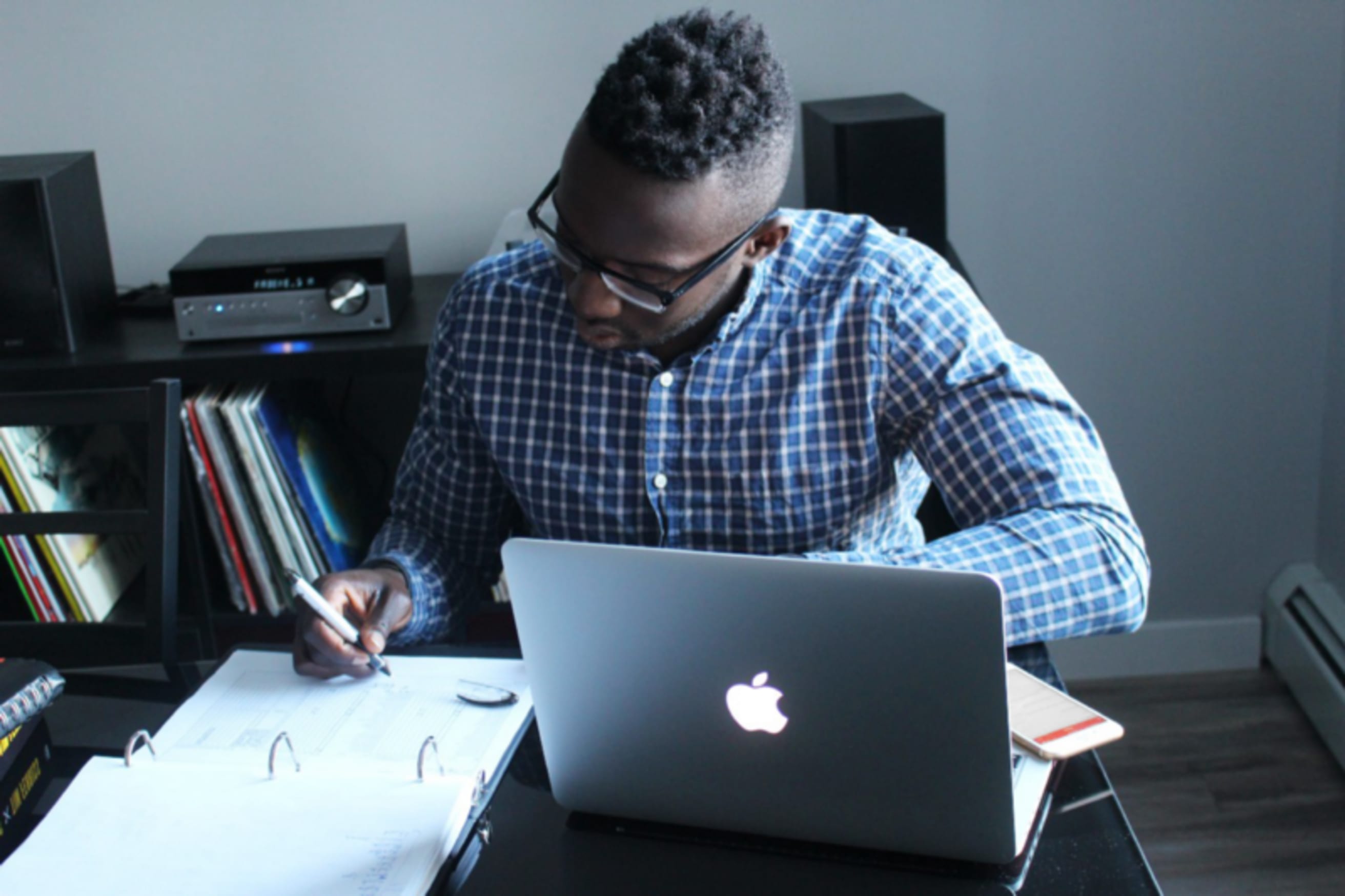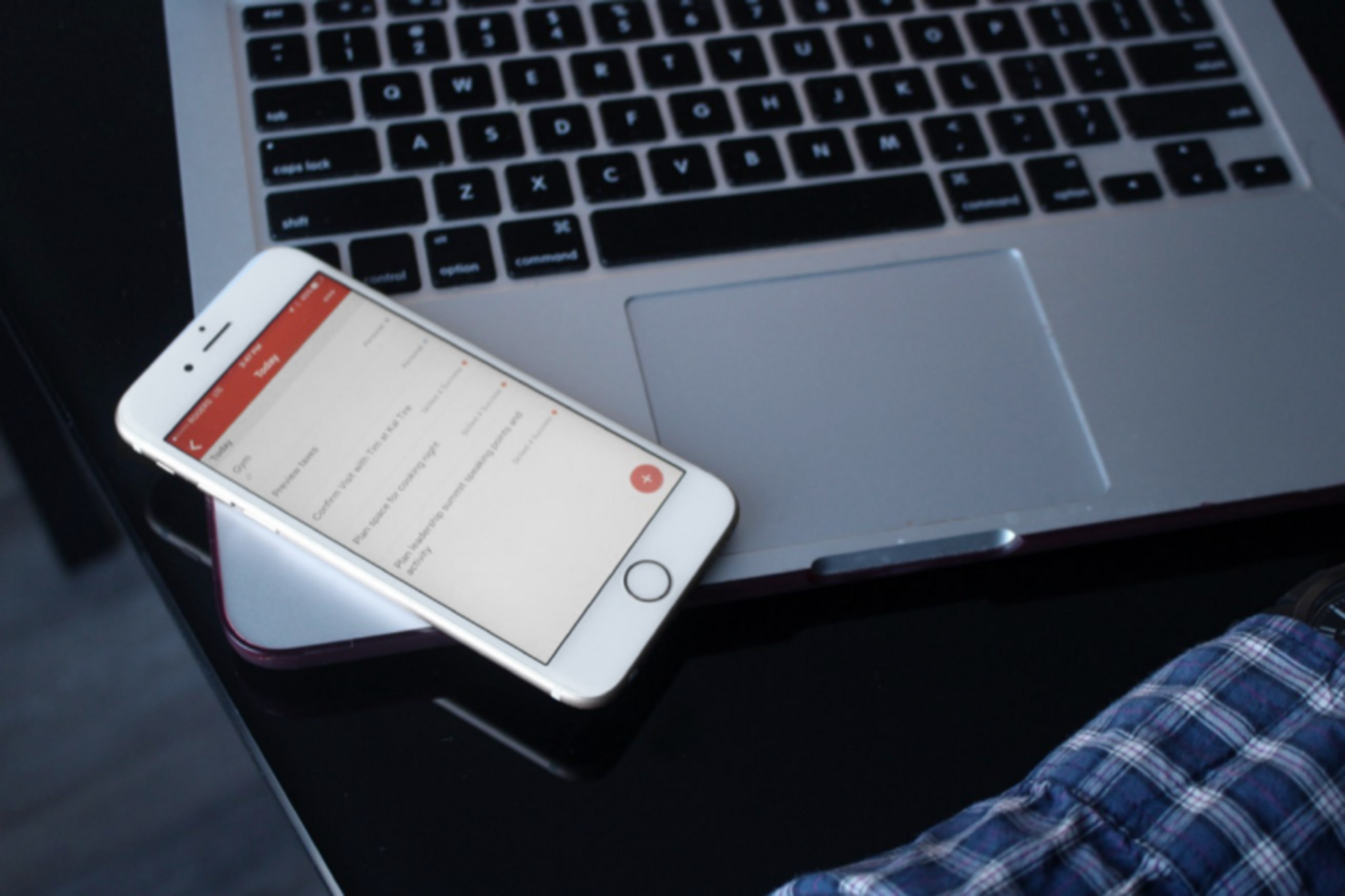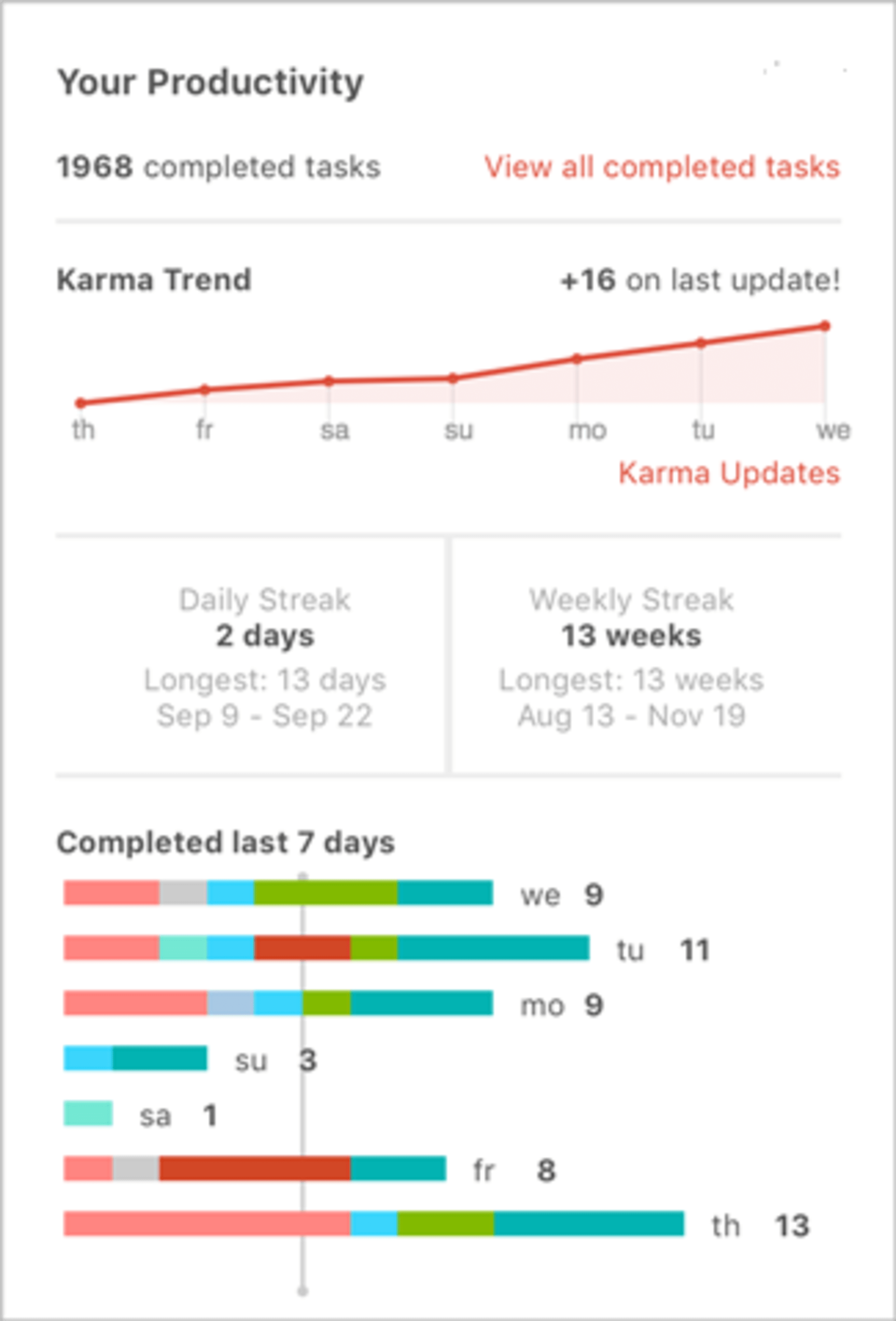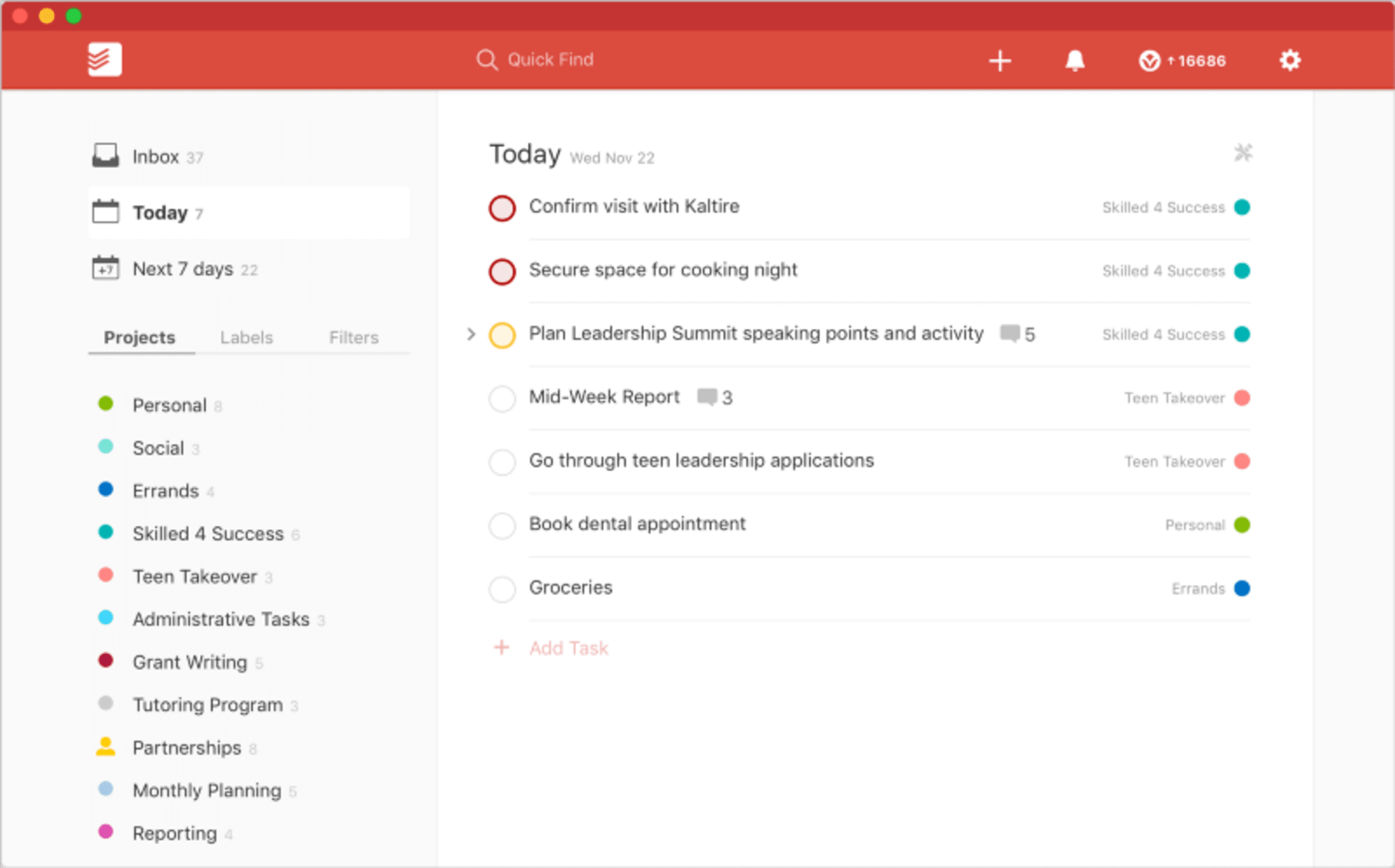As the clock ticks to 3:30 p.m. and the final bell of the day sounds, restless students rise from their desks in a frenzy and breathe a collective sigh of relief. Each classroom performs a synchronized closing time song of textbooks snapping shut and backpacks zipping to a close. For many, it’s not really the end of the day. Rather, football practice, a rotary club meeting, drama rehearsal, or other resume-boosting activities lie ahead.

Alex Adegbuyi, a program facilitator at the Boys and Girls Club, sees a decidedly different after-school reality for the students at the high school he works in. For teens of single mothers, the last bell is permission to dash home to care for younger siblings and prepare a meal. For others, a fast-food job to support family takes precedence over costly extracurriculars.

Fortunately, these are precisely the students Alex supports in his role with the non-profit. He works within a high school to help teenagers bridge the gap between secondary education and the real-world opportunities that lie ahead. We sat down with Alex to chat about the unique challenges of the students he works with, the rewarding changes he sees in them through programming, and the tangible benefits of having a productivity system to strike a balance between his work and personal life while dodging burnout.
Turning obstacles into opportunities
Learning disabilities that have gone ignored, low-income households, and a lack of positive role models are just some of the challenges facing the teens that Alex works with. “We expose them to the opportunities that are out there and the professionals that can open doors for them later in the future,” he says. “Being faced with obstacles has the power to positively define you. The challenges these kids overcome allow them to develop resilience at a young age that carries through to the rest of their lives."
Much of working with his teens is showing them what’s possible. Without an awareness of the options available to them, many high school students can’t see beyond traditional jobs. Instead, they shrink into defensive indifference when either their aspirations or their academic performance doesn’t align with career paths like ‘doctor’ or ‘lawyer.’ Arranging for a graphic designer to come speak to a room full of teens actualizes the path they’ll need to pursue a career in web and product design.
Alex is keenly aware that there’s no one-size-fits-all approach to planning your future. One of his current projects, Skilled4Success, is a job preparedness program geared towards students interested in pursuing a career in trades. He also works closely with students whose grades are suffering and makes getting back on track actionable instead of inconceivable.
Armed with newfound knowledge by which to get inspired, better strategies to attack academics, and a listening ear to consult, the difference in the teens that participate in Alex’s programs is tangible. Some have gone from arranging their timetables in a way that maximizes breaks to slotting in additional classes that align with a new career path they just learned about. Others are seeing their grades improve, not just because of more time with the material but due to newfound confidence from acquiring tactics for test-taking.
For Alex, seeing these changes are incredibly rewarding. “The kids, by and large, are very excited and grateful when you put things together for them as opportunities. When they’re participating their eyes light up. Or they’ll put in some tutoring time and come back to say ‘I got 85 on that exam’ and reach in for a high-five. It’s the most instant gratification that I’ve ever had at a job”.
Navigating non-profit burnout
While the rewards that come with helping youth in a non-profit context are countless, the challenges can seem countless too. Skipping lunch for the third day in a row, getting in just a few extra emails after hours, opting out of personal obligations in favor of professional ones — it all adds up. When non-profit work is targeted toward helping underserved members of the community, the pressure to be more, do more and sacrifice more, can be substantial. It’s no wonder that burnout is a very real phenomenon amongst workers in the nonprofit sector. An article written by Beth Kanter and Aliza Sherman for the Stanford Social Innovation Review discusses the non-profit “culture of overwork and overwhelm” and advises against viewing “dysfunctional work habits or work conditions as necessary burdens of the nonprofit world.”
For Alex, that’s easier said than done. “My job is very variable, both in terms of the work and the hours. At 3:30 school ends and programming begins. Depending on the day it will be something art related or academic. I typically schedule activities from 3:30 p.m. to 6:00 p.m. On Fridays, we go later and there’s programming on some Saturdays. Every day is different in a way I really can’t predict.”
Alex knows that finding ways to effectively manage his at times stressful workload is essential to making a long-term impact in the lives of the teens he works with:
“If you’re feeling burned out, you need to tell somebody. You need to take care of yourself. Ask yourself what you’re sacrificing. Is it my hobbies? Is it time with friends? Is it sleep?”
To those seeking out roles in nonprofit organizations, he advises that not all of them are created equally. “The Boys and Girls Club is great. There’s always someone to turn to if you have questions. The culture of the agency is very understanding, probably as a by-product of the work we do.” Alongside his professional support system, his personal approach to being productive and effective in his role, while maintaining balance, is undoubtedly a core reason he continues to excel at servant leadership.
Aiming for equilibrium with Todoist
All through university, Alex kept an agenda and took a decisive ‘pen-and-paper’ approach to keep track of assignments and deadlines. Like clockwork, he tossed old agendas at the end of each semester to start afresh in September and January. This technique, which worked in the largely predictable context of school, did not translate well to the dynamic and random world of after-school programming.

Todoist was flexible enough to keep up with the daily running around that Alex counts as “part of the job.” Alex relies on the app’s seamless connection between the desktop and mobile apps, the ability to measure and review what he’s accomplished, and project features as some of his favorite elements of the productivity tool.
Carefree continuity
Alex uses both Todoist macOS and Todoist iOS in equal measure. “I input my to-dos at the start and end of each day on my laptop. With the number of things I have and how quickly things come up, if I don’t have a task list I’ll be inundated and attempt everything at once,” he adds. In between his morning and evening planning, he switches between adding items to Todoist on his phone while on the go and crossing off items he completes when he has a few moments at his desk.
Despite a generous task list, having all his to-dos laid out in a single location prevents the action paralysis that can arise when he’s faced with too much to do. One particularly helpful way to know where to start is the priority levels he adds to each task.
“Seeing tasks with red and orange bubbles at the top of my list is an instant cue to start on those tasks first,” he adds.
Part of my planning at the start and the end of each day is setting those priorities so it’s automatic when I’m moving from task to task in the middle of my day. I’m not spending any mental energy on deciding what to do next, priority levels and due dates in Todoist take away that uncertainty.
The fast-paced nature of his role means he often defaults to Todoist’s Quick Add, entering all task information — description, due date, project, and priority level — into a single task field while on his mobile device.

With the unpredictability of each day, the reliability of his productivity tool of choice is just one less thing to think about. “I’ve never had a syncing issue or worry that if I add a task on my phone it won’t be reflected when I open up my computer. The harmonious experience you have while using Todoist is one of the reasons I’ll never stop using it.”
Keeping up with Karma
During a whirlwind day, it’s easy to get started at 10 a.m., get back home at 7 p.m. or 8 p.m., and still wonder what exactly you accomplished.
“Throughout the day, students come into my office because they’re having a bad day. Kids have break-ups, need help with homework outside of tutoring, or will just come in and talk with me.”
While Alex notes these spontaneous chats are among the favorite parts of his role, it also means not getting through a pile of e-mails or pushing a task to the next day.
Ultimately, Alex monitors his Karma settings to see where his time goes and how much he’s accomplishing in a given timeframe. Attaining Karma points for achieving his daily and weekly Todoist task goals has proven to be a large motivator. The “days off” feature also gives him permission to keep his weekends free and open after a long week, without losing his goal streaks. “It’s also important to not get too down when streaks do get broken,” he adds.

Alex frequently checks his productivity tab in Todoist to get a good overview of the tasks he’s completed in the last seven days, as well as the last four weeks.“It’s helpful to look at less productive days, cross-check with your calendar and realize, ‘right, we were on a field trip that day’ or ‘we had an all-hands meeting this afternoon.’” He consistently looks through his productivity and completed tasks to ensure he’s hitting targets and staying focused on the work that’s the most high-leverage.
Life as projects
It’s easy to push life to the back-burner in the face of professional goals and work deadlines. However, Alex is adamant that creating “personal,” “social,” and “errands” projects in Todoist lets him keep things in perspective. In fact, they’re not only projects, but the first three on his list.

There’s an emotional investment to the work you’re doing and you can’t exactly put it down when you get home. It’s a reminder that to be effective at this kind of work, you have to take care of yourself first.
Alex actively prioritizes physical fitness with recurring 7 a.m. workouts, regular visits with family and friends, and time focused on home and well-being. “Todoist makes me a more effective leader, colleague, and friend”.
Final words
“Don’t do it, it’s a trap!” Alex jokes about selecting non-profit work as a career path. “In all seriousness, working in non-profits can teach you a variety of skills — coordination, event planning, and grant writing, just to name a few. There are also mentoring opportunities all of the time. People keep track of the work you’re doing and are always willing to give you advice and coach you towards being a better and more effective person in your role”.
Alex admits that balancing his professional and personal life remains a work in progress. Luckily, equipped with both the mental and digital tools he needs to navigate capacity building and youth engagement while staying physically and emotionally fit, he remains confident that he’ll be able to keep doing important work for as long as possible.

